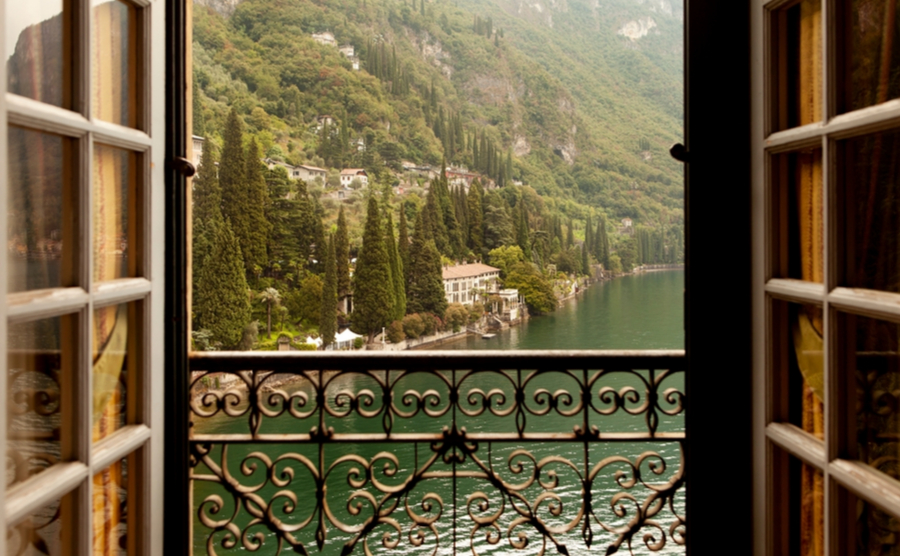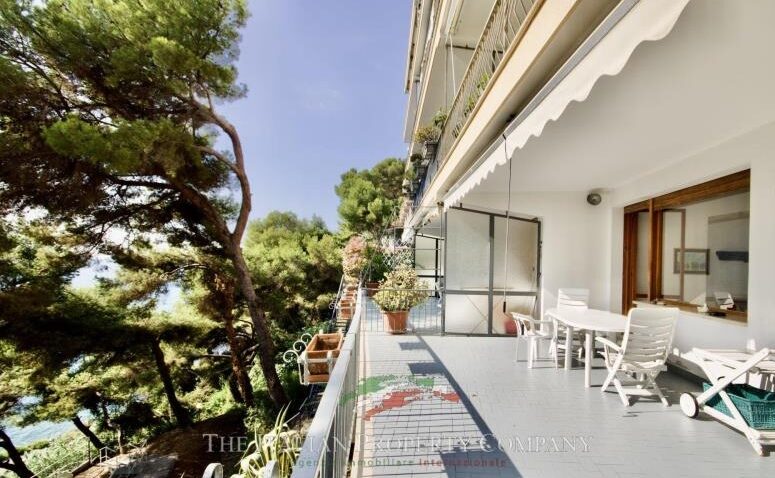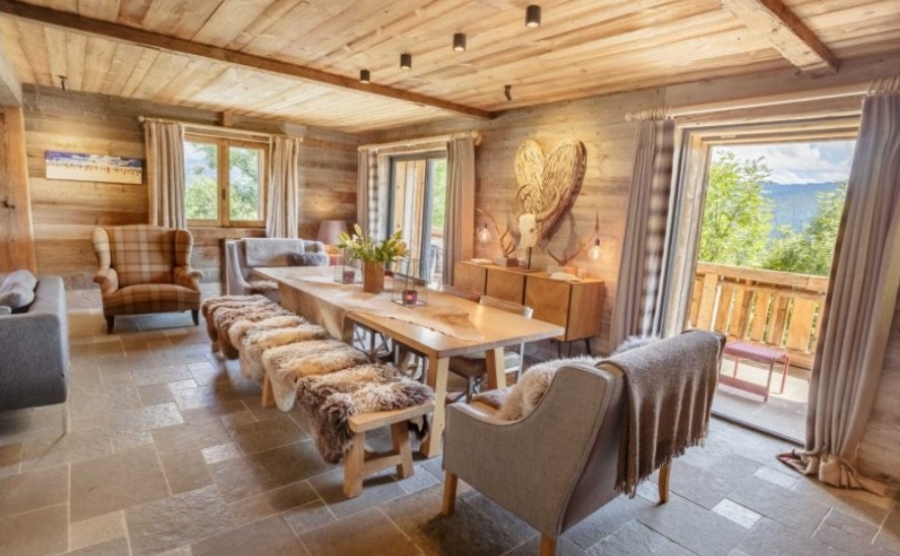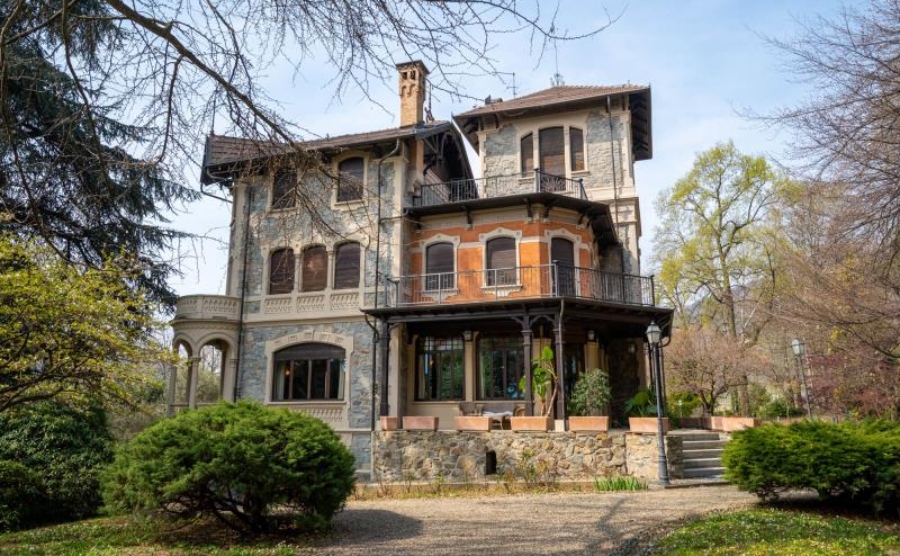Balconies in Italy can be all about enjoying the view or an eye-catching decorative feature. When you consider a balcony as a “must-have” feature, Italy is certainly the place to look. Whether the balcony looks out on rolling hills, turquoise seas, lakes and mountains or terracotta rooftops, there will be a view to charm every Italy lover.
Balconies at Pompeii
There were balconies in Italy even in the times of ancient Rome. Evidence of this was found at the Archaeological Park of Pompeii. A team of archaeologists uncovered an alleyway of grand houses, with balconies left mostly intact and still in their original hues. On some balconies, they found amphorae used to store wine and olive oil. Some of which were upside down, as if put out to dry.
The word balcony
The English word balcony is believed to have derived from the Italian balcone. The words are very similar, but in spoken Italian, the pronunciation is broken up into three parts, “Bal-CO-nee”.
In some parts of the country, mainly the north, you may also hear it referred to as a poggiolo. A balcony is basically a platform projecting from the wall of a building, supported by columns or brackets, and enclosed with a balustrade or railing. However, there are different types of balconies.
Find homes in Italy via our property portal.
Types of balconies
Balcone aggettante: The most typical balcony protrudes out of the building, and can be as narrow as the French doors leading onto it. A balcony projects out of the facade of the building as an extension of the room to which it corresponds.
Balcone a cielo aperto: Some balconies stretch across the building and can even wrap around it. This allows you to walk around the building and access other doors.
Balcone a loggia: The loggia balcony only partially emerges from the profile of the building.
Balcone incassato: This type of balcony is inside the building footprint. It doesn’t stick out at all from the facade. It is basically a small room with an opening on the outside wall.
Bunk balcone: This type of balcony fits into the profile of the building but is visually detached. On a block of apartments, these balconies are stacked above each other like bunk beds.
Sea view balconies
If your dream is to have a sea view, there are many opportunities to buy property along Italy’s 7,600 km coastline. Holiday homes might only come onto the market just before the summer, so don’t be concerned if you don’t see what you want online. That said, in popular locations such as the Amalfi coast, estate agents may have a list of wealthy people waiting for a property with a balcony to come onto the market.
Expensive sea views
The famous seaside locations are also the most expensive. These include Portofino in Liguria and the pretty village houses of the Cinque Terre. Properties along the Amalfi coast have competitive sales prices, as does the island of Capri. It’s all about location, prestige and the balcony views. You can find San Remo apartments starting at €200,000. You just need to look along the coast a little bit or consider a slightly more distant view of the sea.
Cheaper sea view areas
Quite often, you can find cheaper sea view properties in Italy by going a bit further along the coast or inland. How far you are from shops and cafes, and how much of the year they are open, will also affect house prices. In Liguria, you can find well-priced sea-view apartments along the coast between the touristy towns.
The islands of Sicily and Sardinia also have their expensive and cheaper seaside areas. Even though, Puglia is a top destination for summer holidays you can still find some real bargains, even in popular towns. Polignano a Mare is famous for its houses right on the cliff edge, and the cliff divers that jump straight off the balconies into the sea.
While tourist sites only show the beautiful historic centre, you should be aware that there could also be a part of town with unattractive blocks of flats, occupied by locals who work in the town. When looking at apartments online, especially on Italian portals, the cheaper ones might be in these less attractive buildings. This is another good reason to always view the property and the area in person.
Do your research
When buying a sea-view property, always get a Geometra or lawyer to check it had planning permission when it was built. Also, make sure there are no debts on the property, such as unpaid bills. As part of the building survey, Geometra should also investigate the condition of the balcony to ensure it is safe. With the salty sea air, concrete balconies along the coast can be prone to concrete cancer and rusty metal railings.
You’ll also want to find out how busy the area is at different times of the year. That dream of sitting out on your balcony and listening to the waves lapping on the shore might be crushed when the tourists arrive in July and August. Night after night of disco beats, loud DJs and chatter isn’t for everyone.
Countryside balconies
In the countryside, balconies are designed to make the best of the views and the breeze. Therefore, the railings may be thin and plain, so as not to distract from the incredible landscape. Regions with hills are more likely to have spectacular views of valleys, hills and mountains. Take a look at the hilly areas on either side of the Apennine mountains, which run right down through Italy, from the Ligurian Alps to Calabria in the south. The regions of Tuscany and Umbria have some stunning scenery.
Mountain-view balconies
In the mountains, you are more likely to find wooden balconies. These charming chalet-style houses often have balconies right across the front. A place to snuggle under a warm blanket with a hot chocolate and take in the snowy mountain views. Around Trento and the Dolomites is a popular area to buy, but prices are high. Valle d’Aosta also has some stunning mountain scenery too. Mountain areas in Piedmont and Abruzzo tend to be cheaper for property.
Lake view balconies
Around the Italian lakes, you will find a lot of houses and apartments with balconies. Like the mountain homes, the balconies are often wide but aren’t very deep. Just enough space to take a chair out there, but not a table and chairs. The railings are usually narrow metal rods, so as not to obstruct the view of the lake. The reason for the narrow balcony and thin railings is primarily so that when the French doors are closed, you can still enjoy the views from inside. Some modern homes are also starting to use glass panels, rather than railings.
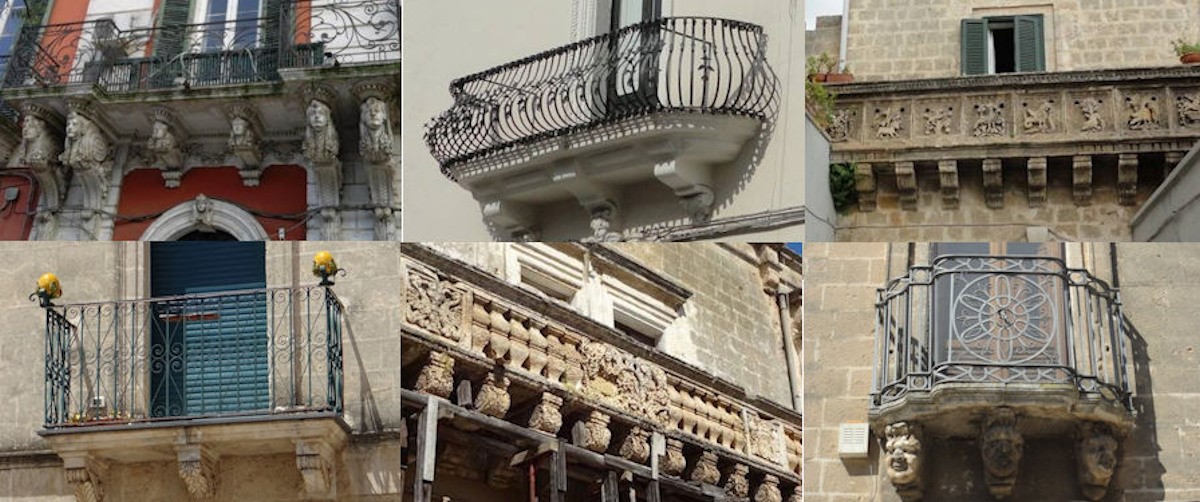
Examples of towny balconies in Italy
Town balconies
In the historic centres of towns and villages, you are more likely to find balconies with fancy metal railings, cast iron, and carved stone. The gooseneck is a traditional Ornamental Italian design, originally from the city of Trento. The metal bars on these balconies are forged to resemble a gooseneck shape, curving out, and then in at the top. Since the 19th century, supports of cast iron, reinforced concrete, and other materials have also become common.
Unusual styles
In some of the northern cities, you can still see a few Liberty-style balconies. These tend to have very ornate cast iron railings, with swirls and flowers.
In southern Puglia, where you find more sandstone used in buildings, there are balconies with carved designs in the baroque style. The carving might incorporate the crest of the noble family that once lived there, plus mythical figures and nature. However, sandstone is a soft stone, and over time it can erode in the rain.
Grottaglie in Puglia is famous for its many potteries. The inhabitants decorate their balconies with ‘lu pumu’ for good luck, protection and happiness. These ceramic flower buds are placed on the corner spikes of the balcony.
Where a property is overlooked, the balcony design may offer more privacy to the resident with solid walls around them, such as, “Juliet’s Balcony” in Verona. In fact, some of the finest balconies can be found on houses once owned by noble families (Palazzo). They were all about displaying their wealth with towers, large doors, stone surrounds and fancy balconies.
Balconies are useful
It should be remembered that many Italian balconies were designed as a necessary space to hang clothes out to dry. High buildings would also find a balcony useful when they wanted to lower a basket down to a street seller. They would lower the money in the basket, then pull up it up full of produce. In some towns, such as Naples, this method is still used today. I have also seen firewood and decorating materials lifted up buildings this way, using a rope and pully.
The hot and sunny Italian climate is perfectly suited to balconies and offers residents a little outdoor space as an extension of their home. Residents sit and watch the world go by on the streets below or chat with their neighbours, shouting across from balcony to balcony. Some balconies are even designed to create some shade on the street below.
The balcony as a stage
Balcony owners particularly appreciated this outdoor space when Italy was in lockdown during the Covid pandemic. Italians took to their balconies to sing the national anthem together and musicians and opera singers gave concerts to their neighbours. Even during the recent flooding in Emilia Romagna, a woman sang to the young people clearing the mud.
The balcony can double as a stage or a theatre box to watch performances. In ancient Rome, one of the earliest balconies, the maenianum, enabled emperors to be seen by the public as well as providing an elevated position for them to watch the gladiators. It is from a balcony in Vatican City that the Pope blesses millions of believers each Sunday. Close by, in Rome’s Piazza Venezia is the balcony used by Benito Mussolini to make speeches to his followers.
On the other hand, when religious processions, cycle races and concerts are taking place in towns and villages across Italy, the prime spot to watch from is a balcony. You will feel like royalty looking down on the crowds of people. Balconies with views do add considerably to the value and desirability of a house. You have to consider whether your budget realistically can get you that balcony view. The more you have to spend on your Italian home, the more things you can tick off your “must-have” list. Or as Juliet said on that famous balcony in Verona, “The more I give to thee, The more I have, for both are infinite.


